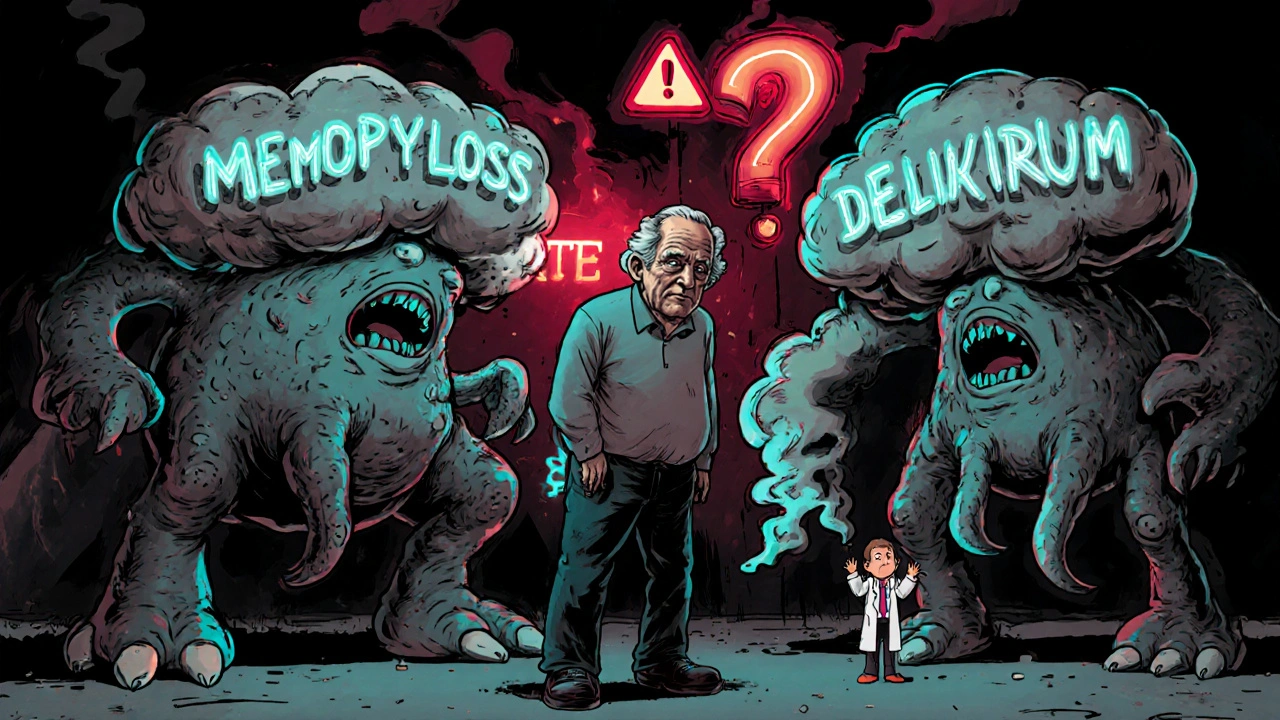Antihistamines: What They Are, How They Work, and What You Need to Know
When your body overreacts to pollen, pet dander, or dust, it releases histamine, a chemical that triggers inflammation, itching, and swelling as part of the immune response. Also known as allergy mediators, histamine is behind most common allergy symptoms — and antihistamines, medications designed to block histamine’s effects are the go-to fix for millions.
Not all antihistamines are the same. Some, like diphenhydramine, make you sleepy — great for nighttime relief but terrible for daytime driving or work. Others, like loratadine or cetirizine, are non-drowsy and last all day. They don’t cure allergies, but they quiet the noise your body makes when it thinks something harmless is a threat. These drugs are used for more than just seasonal hay fever — they help with hives, insect bites, even some types of eczema and motion sickness. The key is matching the right type to your symptoms and lifestyle.
Antihistamines work by sitting on histamine receptors like a key in a lock — blocking the real key (histamine) from turning it. That stops the chain reaction: no itching, no runny nose, no swelling. But they don’t touch the root cause. If you’re constantly reaching for them, it might be time to look at triggers — dust mites in your bedding, mold in the bathroom, or pet fur on the couch. And while they’re generally safe for short-term use, long-term use without medical advice can hide bigger issues like chronic sinusitis or even early signs of asthma.
You’ll find antihistamines in pills, liquids, nasal sprays, and even eye drops. Some are behind the counter, others are free to grab off the shelf. But don’t assume all are equal. Older versions might cost less, but they can leave you foggy-headed. Newer ones might be pricier, but they let you function normally. And if you’re pregnant, managing a chronic condition, or taking other meds like blood pressure pills, you need to check before you use them — some can interact badly.
Below, you’ll find real-world advice from people who’ve been there: how to use antihistamines safely, when to skip them, what to pair them with, and how to spot if your symptoms are something more serious than allergies. Whether you’re dealing with spring pollen, a pet that sheds everywhere, or just need relief from a stubborn rash, these posts give you the straight talk you need — no fluff, no marketing, just what works.
Tricyclic Antidepressants and Antihistamines: The Hidden Danger of Anticholinergic Overload
Combining tricyclic antidepressants like amitriptyline with first-gen antihistamines like Benadryl can cause dangerous anticholinergic overload, leading to confusion, delirium, and increased dementia risk-especially in older adults.
